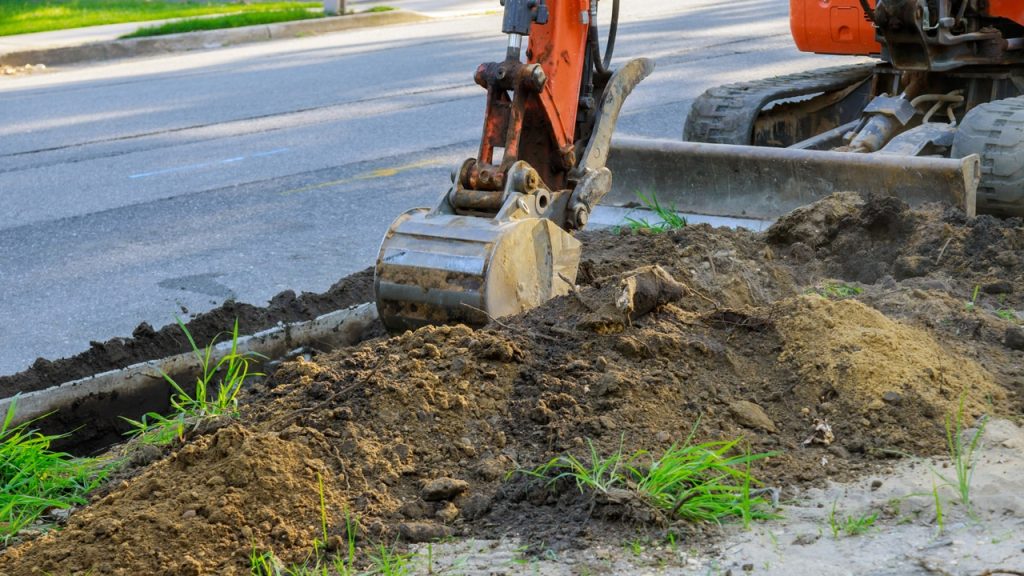Trenching is widely recognized as a reliable and essential solution for accurate underground excavation, playing a critical role across numerous industries including construction, utilities, and infrastructure development. This method involves digging narrow and deep channels, or trenches, to install or repair underground utilities such as water pipes, gas lines, electrical conduits, and telecommunications cables. Its precision and efficiency make trenching a preferred technique, especially when compared to other excavation methods that may disturb a larger surface area and risk damaging existing underground systems. One of the main advantages of trenching is its ability to provide controlled, focused excavation that minimizes the impact on surrounding soil and structures. This precision is crucial in urban environments or developed areas where underground utilities are densely packed, and any miscalculation can lead to costly damages or service interruptions. Trenching equipment, ranging from handheld trenchers to large mechanized trenching machines, offers versatility and adaptability, allowing contractors to choose the right tool for the scale and complexity of the job. In addition to safety and precision, trenching is cost-effective and time-efficient.

The use of advanced trenching technology, such as guided trenching systems and GPS-based controls, further enhances accuracy by ensuring the trench follows exact dimensions and depths specified in engineering plans. Moreover, trenching significantly improves safety during underground excavation projects. By providing a clearly defined and manageable workspace, trenching reduces the likelihood of accidental collapses or cave-ins that can occur in broader excavation pits. Protective trench boxes or shoring systems are often used in conjunction with trenching to secure the trench walls, protecting workers and maintaining the integrity of the excavation site. This focus on safety is not only beneficial for the workforce but also essential for meeting regulatory standards and avoiding legal liabilities. The narrow width of trenches means less soil displacement and reduced restoration work after the installation or repair is complete. This efficiency translates to lower labor costs, faster project completion, and minimal disruption to traffic or daily activities around the excavation site. Trenching also allows for straightforward installation and maintenance of utilities since the linear path created is easier to access and manage compared to more invasive excavation methods.
Environmental considerations are also important in modern trenching practices. Contractors often implement erosion control measures and soil stabilization techniques to minimize environmental impact. The reduced excavation footprint means less disturbance to local ecosystems, less risk of soil contamination, and better preservation of vegetation. Additionally, advancements in trenchless technology, such as directional boring, are sometimes combined with traditional trenching to further limit environmental disruption while maintaining installation accuracy. Trenching stands out as a reliable, accurate, and efficient method for underground excavation, crucial for the safe and precise installation and maintenance of essential infrastructure. Its ability to deliver focused excavation with minimal surface disruption, combined with improved safety protocols and cost benefits, makes it an indispensable technique in today’s construction and utility sectors. As technology continues to evolve, trenching methods will likely become even more precise and environmentally conscious, solidifying their role in meeting the growing demand for underground utility work in an increasingly urbanized world.
